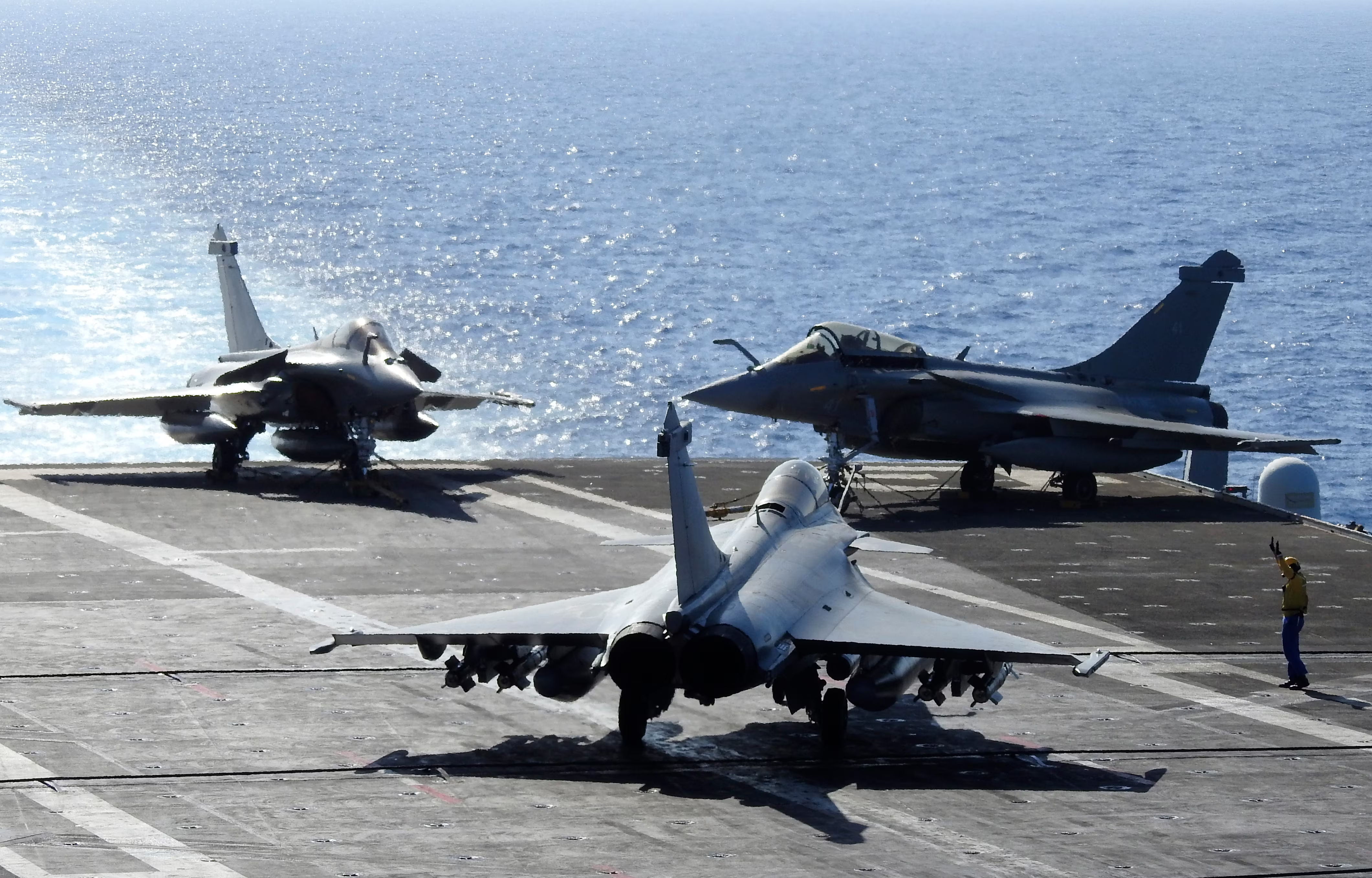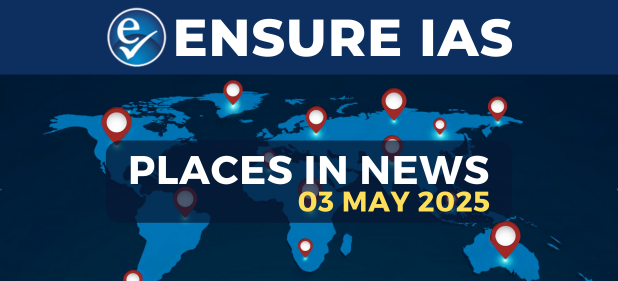- Courses
- GS Full Course 1 Year
- GS Full Course 2 Year
- GS Full Course 3 Year
- GS Full Course Till Selection
- CSAT
- 5 LAYERED ARJUNA Mentorship
- Public Administration Optional
- Online Program
- GS Recorded Course
- NCERT (Recorded 500+ Hours)
- Polity Recorded Course
- Geography Recorded Course
- Economy Recorded Course
- AMAC Recorded Course
- Modern India, Post Independence & World History
- Environment Recoded Course
- Governance Recoded Course
- Science & Tech. Recoded Course
- International Relations and Internal Security Recorded Course
- Disaster Management Module Course
- Ethics Recoded Course
- Essay Recoded Course
- Current Affairs Recoded Course
- ABOUT US
- OUR TOPPERS
- TEST SERIES
- FREE STUDY MATERIAL
- VIDEOS
- CONTACT US
India Approves Purchase of 26 Rafale Marine Fighter Jets for the Navy
India Approves Purchase of 26 Rafale Marine Fighter Jets for the Navy

- The Indian government has given the green light to a landmark defence deal for the acquisition of 26 Rafale Marine (M) fighter jets from France.
- These advanced aircraft will be inducted into the Indian Navy and are set to operate from INS Vikrant, India's first indigenously built aircraft carrier. This procurement marks a significant step in bolstering India’s maritime security and power projection capabilities.
- Currently, the Indian Air Force (IAF) already operates a fleet of 36 Rafale jets, which have significantly enhanced India's air combat capabilities since their induction.
About Rafale Fighter Aircraft
|
Global Context: The Race for Sixth-Generation Fighter Jets
While India enhances its fourth-plus generation capabilities, the global race to dominate sixth-generation fighter technology is heating up, especially between the United States and China.
United States:
- The U.S. has announced the development of a next-generation stealth fighter, currently known as the F-47.
- This aircraft is part of the U.S. Air Force's push toward future-ready air dominance platforms.
China:
- In a notable advancement, China successfully conducted flight tests for two sixth-generation prototypes—the J-36 and J-50—in December 2024.
- These aircraft are expected to challenge U.S. air superiority in the Asia-Pacific region.
Key Features of Sixth-Generation Fighter Jets
These futuristic aircraft are expected to go far beyond the capabilities of their predecessors, with defining features including:
- Artificial Intelligence (AI) Integration: For enhanced decision-making and autonomous operations.
- Hypersonic Speed: Enabling unmatched speed and maneuverability.
- Unmanned or Manned-Unmanned Teaming (MUM-T): Allowing them to operate with or without a pilot, and coordinate with unmanned drones in combat scenarios.
Comparative Overview: Fighter Jet Generations
|
Generation |
Key Features |
Examples |
|
Fourth Generation (1970s–80s) |
Traditional fighters with basic air-to-air and air-to-ground roles |
MiG-29, F-16, Mirage-2000 |
|
4.5 Generation |
Added stealth features, radar-absorbent material, better avionics, swing-role capabilities |
Eurofighter Typhoon, Rafale |
|
Fifth Generation |
Advanced stealth, supercruise, sensor fusion, internal weapons |
F-22 Raptor, Chengdu J-20 |
|
Sixth Generation (In Development) |
AI integration, hypersonic speed, unmanned ops, advanced networking |
F-47 (US), J-36 & J-50 (China) |
|
Also Read |
|
| Public Administration Optional | |
| UPSC Monthly Magazine | Question Answer Practice For UPSC |




